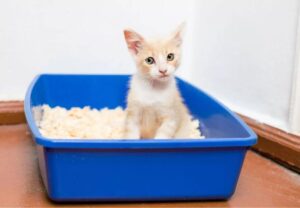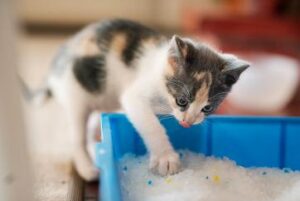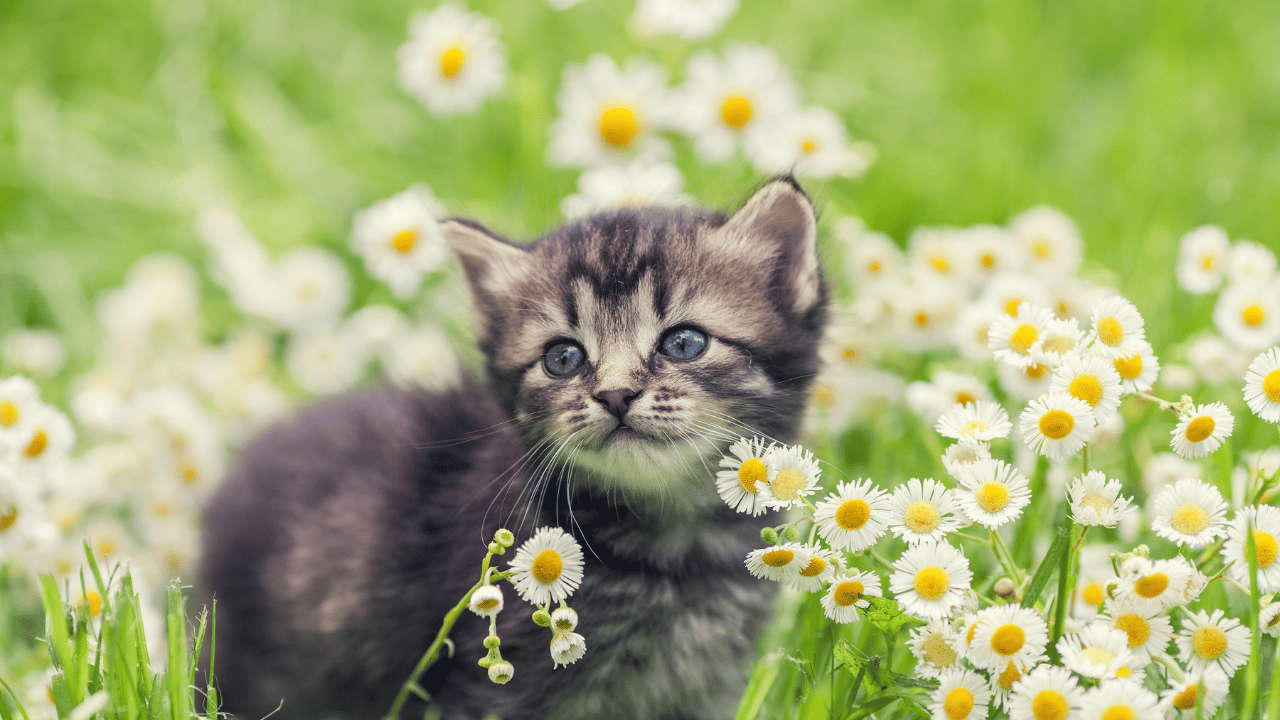How to train a kitten to use the litter box is today our topic. Most mature felines instinctively pick out a sand-like grainy location for waste disposal, but newborn kitties might require some help finding good litter container practices. Whenever litter training kittens, there are certain actions that you may attempt to assist set your cat on the path to achievement. Following are a few ideas for toilet training cats, including whenever to begin, ways to select a box for waste disposal, what kind of litter to use, at which place to put the boxes, and strategies to assist your feline become proficient with using it.
How to train a kitten to use the litter box?
Maternal cats encourage their cat babies to urinate while cleaning up afterwards during the initial couple of weeks after delivery. Cats do not require poop containers at that period. By providing kitten-friendly potty containers, you could begin training your cats as early as four weeks old. It’s when cat babies begin to wean themselves. From the moment when you welcome a mature kitten home, you may start teaching them to use their litter box.
Equipment for How To Train A Kitten To Use The Litter Box:
It’s important to ensure you have the appropriate tools for cat litter box training. It comprises:
- Litter box with low sides
- Litter suitable for kittens
- The scooper
- Litter Genie
- Mat for litter (which is optional)
How a Kitten Is Litter Trained:
For successful toilet training and to prevent litter container mishaps, adhere to the following guidelines.
Select a Litter Container:
Selecting a container for litter might seem just a simple task, but it has a significant impact on your cat. For a little cat baby, full-size containers could be excessively large and unsettling.

The total length of your kitten ought to equal about 1.5 times the size of the container used for litter. Once your kitty grows larger, you’ll have to adjust accordingly. There needs to be an additional potty container than the number of kitties within your home, at the very least. That means you ought to possess four different containers if you’re keeping three cats. Having two cats means you need a minimum of three litter boxes.
Litter Containers: Covered or Uncovered:
A lot of cats would rather utilize an open box. Feline naturally avoids being trapped by an intruder inside of a restricted space. It also suggests that if their poop container is enclosed, kittens may feel confined. According to Vets, your kitten’s choice will determine if they like using a bathroom with a roof or not. Doctors claim that even though certain felines favour a closed-off space, many choose an uncovered one for urination and pooping. Provide your kitty with the option of an open or closed container, if at all feasible, and observe which they choose.
Select the Correct Kind of Litter:
The majority of felines like fine grainy litter, maybe as they find it gentler. The felines have choices, especially when it concerns non-clumping or clumping litter. Clumping may be more convenient for cleaning. Ensure that you obtain the kind of litter your cat enjoys by trying out several different kinds.
Select The Location Of Litter Containers:
- Arrange the litter containers with a spacing of
- Keep the boxes visible.
- Verify that there is light.
- Steer clear of distractions
- Put a litter container on each floor.
Introduce the Potty Container to Your Cat:
- It is time to start kittens training for litter after you’ve arranged the poop container locations and selected the items you need.
- Allow your kitty to explore the positions of every potty container and take a whiff.
- Position your cat within the potty container with gentleness. Kittens might start utilizing the litter tray or scratching on the litter on intuition.
- Try putting your cat baby within a potty container whenever they consume food or water or get awake from sleep till they start to utilize the container by themselves if they missed out on using it during the first encounter.
- Do not give up because of Litter Training Kittens Problems. Your kitten will soon catch up to your guidance.

Encourage Healthy Litter Container Behaviors:
Give your cat something they enjoy eating as an incentive whenever they’re using their litter tray correctly to help them associate the action with good emotions. Treats have to be served right away when they exit the container to get this method to be effective and help them link behaviour to rewards. Don’t hit or scold your feline if they have a mishap. Use an enzymatic disinfectant and wipe up the mess quietly; refrain from reacting.
Maintain Tidy Litter Containers:
Clean out your pet’s litter tray after each waste removal, if possible. Throughout the training phase, you would not like your cat to get allergic to boxes. To allow your cat lots of space for digging after scooping up, add additional fresh litter to keep the thickness of the litter between two and three inches.
Conclusion
Training a kitten to use the litter box requires patience, consistency, and the right tools. By starting at the right age, providing a suitable litter box and type of litter, and placing the box in an accessible location, you can set your kitten up for success. Remember, positive reinforcement is key to encouraging good habits, and maintaining a clean and comfortable litter box environment will make the process smoother for both you and your feline friend. With these steps, your kitten will be on the right path to mastering litter box use in no time. This is all about How To Train A Kitten

